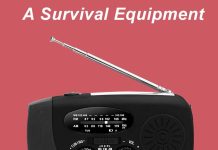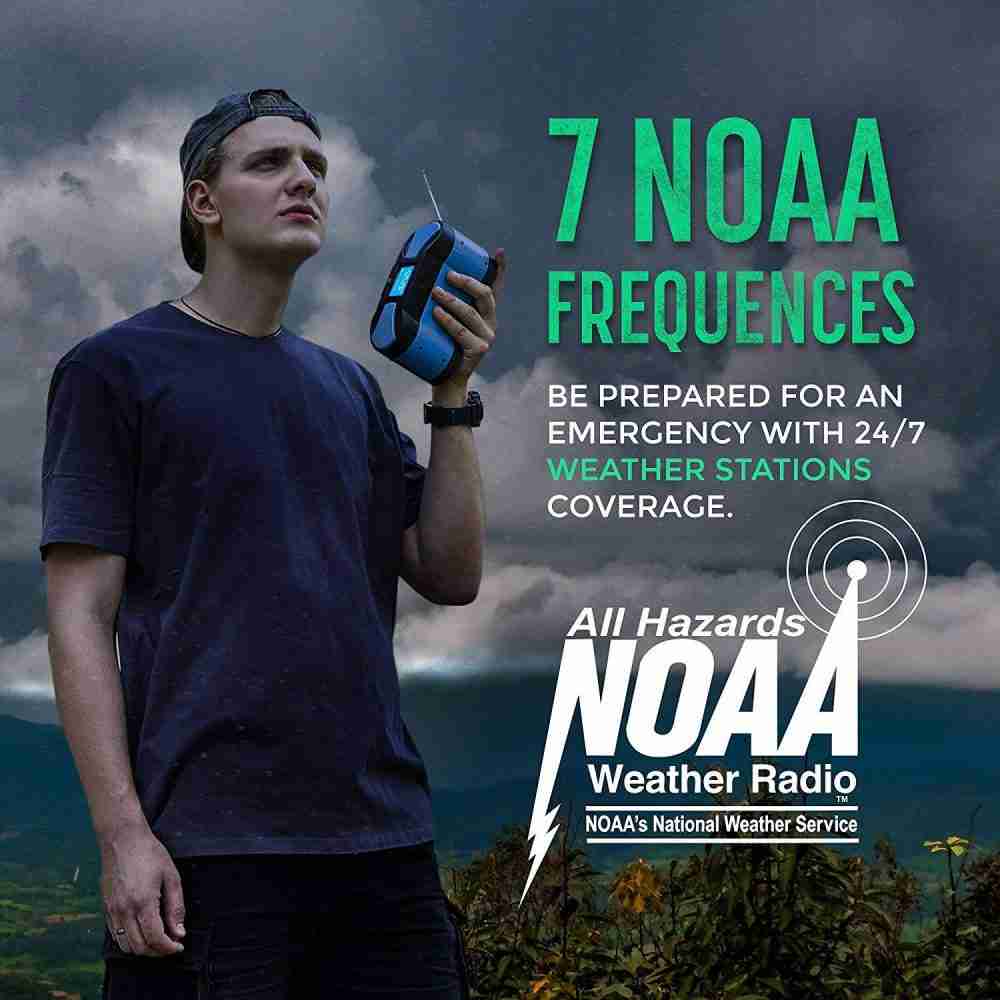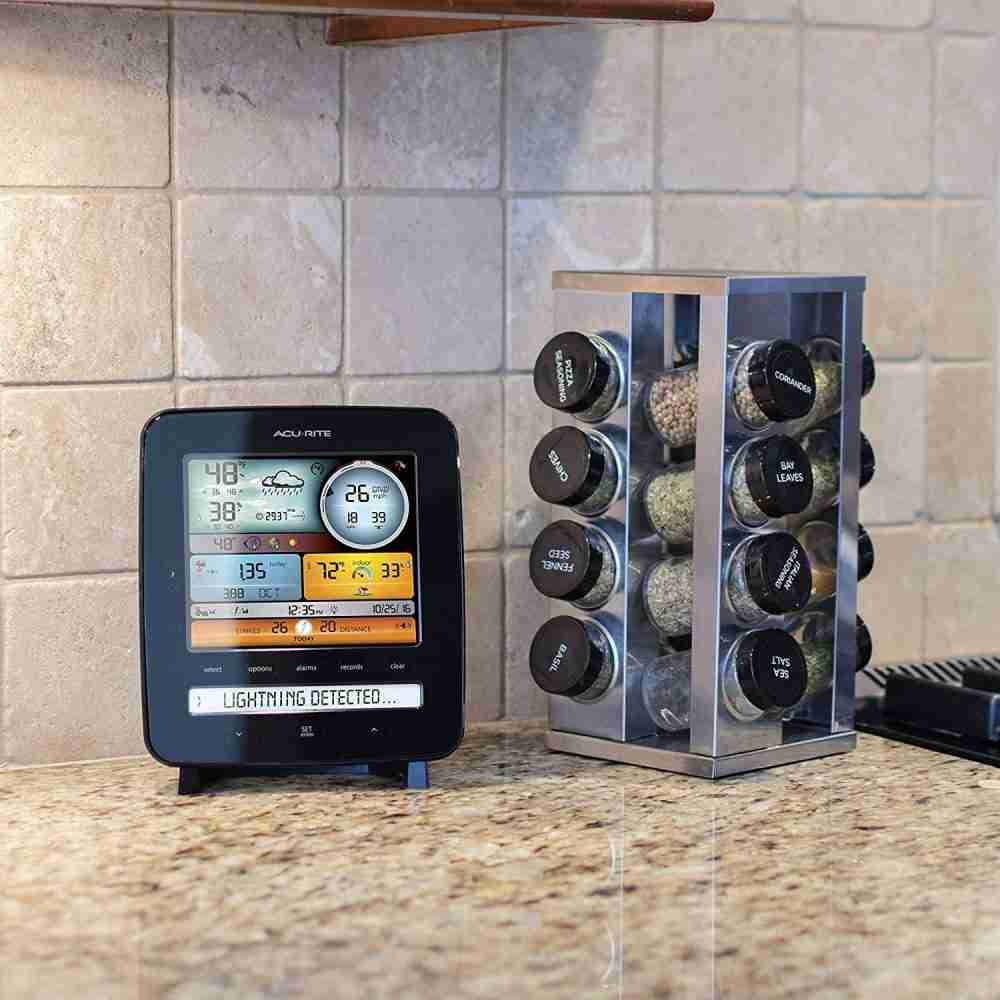If you’ve ever been out camping and dealt with tangled ropes, unstable tents, or unsecured gear, you know the importance of knowing your knots.
In our article, “Essential Camping Knots: How To Tie The Most Useful Knots,” we’ll take you on a journey through the world of knots, showing you step-by-step how to tie the most practical and versatile knots for all your camping needs.
Whether you’re a seasoned outdoors enthusiast or a beginner camper, our comprehensive guide will have you tying knots like a pro in no time!
Knot-tying Basics
Regarding camping, basic knot-tying skills can make your outdoor adventures more accessible and safer. Knots are not just for sailors and climbers; they can be instrumental in various camping situations. Knowing a few essential knots can come in handy if you need to secure a tarp, create a makeshift clothesline, or tie down your tent. In this article, we will explore the knot-tying basics and introduce you to some of the most useful knots for camping.
Knot-tying Tools
Before we dive into the different types of knots, let’s first talk about the tools you’ll need to tie them effectively. While you can use your hands to tie knots, having a few tools can make the process easier and more efficient. Here are some handy knot-tying tools you might want to consider packing for your camping trip:
- Rope or Cord: You’ll need a solid, durable rope or cord to tie knots. Look for options made of nylon or polyester, as they are known for their strength and resistance to weather conditions.
- Knife or Scissors: A sharp knife or scissors help cut the rope to the desired length. It’s essential to have a tool that can easily cut through the rope to ensure clean and secure knots.
- Lighter: While not necessary, having a lighter on hand can help melt the ends of synthetic rope to prevent fraying. This step is crucial if you plan to leave the rope tied for an extended period.
With these essential tools in your camping arsenal, you’ll be ready to tackle the world of knot-tying!
Square Knot
The square knot, also known as the reef knot, is one of the most fundamental and versatile knots to learn. It’s commonly used to join two ropes of equal thickness securely. The square knot will be handy if you need to tie together two tent poles or create a simple gear bundle. Here’s how you tie it:
- Please take the right end of the first rope and cross it over the left end.
- Pass the right end under the left end.
- Bring the right end back over the left end and pass it through the loop created.
- Hold the ends and tighten the knot by pulling them in opposite directions.
Remember to tighten the knot carefully to ensure it holds securely. The square knot is easy to tie and untie, making it perfect for temporary or non-critical applications during your camping trip.
Taut-Line Hitch
The taut-line hitch is a versatile knot that is particularly useful for adjusting the tension of a line. Whether you need to secure a tent guyline or tighten a clothesline between two trees, the taut-line hitch will be your go-to knot. Here’s how you tie it:
- Create a loop with the working end of the rope.
- Pass the working end around the standing part of the rope.
- Thread the working end through the loop you created in step 1.
- Pull the working end to tighten the hitch.
The taut-line hitch is unique because it can easily adjust without untying the knot. This makes it incredibly useful when you need to change or fine-tune the tension of a line frequently.
Clove Hitch
The clove hitch is a quick and simple knot to tie and untie. It’s commonly used to secure a line to a post or pole, making it ideal for setting up a clothesline or hanging a lantern on your campsite. Here’s how you tie it:
- Pass the working end of the rope over the pole.
- Cross the working end over the standing part of the rope.
- Bring the working end under the pole.
- Pass the working end over itself and under the rope’s standing part.
- Tighten the knot by pulling both ends of the rope.
The clove hitch is relatively easy to tie and holds well under load. However, keep in mind that it can slip if not properly secured, so be sure to double-check your knot’s tightness.
Bowline
The bowline knot is considered one of the most essential knots to know. It forms a secure loop that doesn’t slip or bind under tension, making it helpful in securing a hammock, attaching a rope to an anchor, or creating a rescue loop. Here’s how you tie it:
- Make a small loop near the end of the rope. This loop is called the “rabbit hole.”
- Pass the rope’s working end through the rabbit hole, starting from underneath the loop.
- Go around the rope’s standing part, then back down through the rabbit hole in the same direction you came from.
- Tighten the knot by gently pulling the rope’s standing part while holding the working end.
The bowline knot is relatively easy to tie, even for beginners, and forms a secure, non-slip loop. Remember the phrase “the rabbit comes out of the hole, goes around the tree, and back down the hole” to help you remember the steps!
Figure-Eight Knot
The figure-eight knot is another essential knot to have in your repertoire. It’s commonly used to prevent rope from unraveling and is especially valuable when climbing or rappelling. The figure-eight knot creates a secure stopper knot that won’t slip through a loop or pulley. Here’s how you tie it:
- Take the rope’s end and create a loop, crossing it over the standing part.
- Pass the end of the rope through the loop from underneath.
- Continue threading the rope’s end around the standing part and back through the loop from underneath once more.
- Tighten the knot by pulling the standing part and the rope’s end.
The figure-eight knot is easy to tie and visually distinctive, making it easy to recognize if tied correctly. It’s an excellent knot for securing items or creating a reliable stopping point in a rope.
Sheet Bend
Sometimes, you may need to tie two ropes together to create a longer line or securely join two strands. The sheet bend is a knot designed explicitly for this purpose, and it works well even with unequal rope sizes or materials. Here’s how you tie it:
- Create a bight (a U-shaped bend) in one of the ropes.
- Pass the end of the other rope through the bight from underneath.
- Bring the end of the second rope behind both parts of the bight.
- Pass the end of the second rope under itself and through the loop created.
- Tighten the knot by pulling both ends of the ropes.
The sheet bend is reliable and secure, making it ideal for joining ropes when you need extra length. Remember to double-check the knot’s tightness to ensure it holds under pressure.
Trucker’s Hitch
The trucker’s hitch is a fantastic knot for securing loads or tightening a line with maximum tension. It allows you to create a mechanical advantage, making applying a significant amount of force to secure a load easier. Here’s how you tie it:
- Tie a slipknot near the end of the rope, leaving a long enough length of standing part to work with.
- Pass the rope’s working end around a fixed object, such as a tree or post.
- Bring the working end back toward the standing part, forming a loop.
- Pass the working end through the loop and tighten the slipknot.
- Create a second loop by folding the rope over itself.
- Pass the folded part of the rope through the previous loop.
- Pull the folded part of the rope to tighten the hitch and create tension.
The trucker’s hitch may be a bit more involved to tie than some of the other knots, but it’s worth the effort. It provides incredible mechanical advantage and lets you quickly secure and tighten loads.
Conclusion
Mastering a few essential knots can significantly enhance your camping experience. From securing your gear to creating a clothesline or setting up a shelter, these knots will prove invaluable on your outdoor adventures.
Remember to practice tying these knots before you head out into the wilderness, and always double-check your work for security and tightness. Happy camping, and may your knots always hold firm!








































